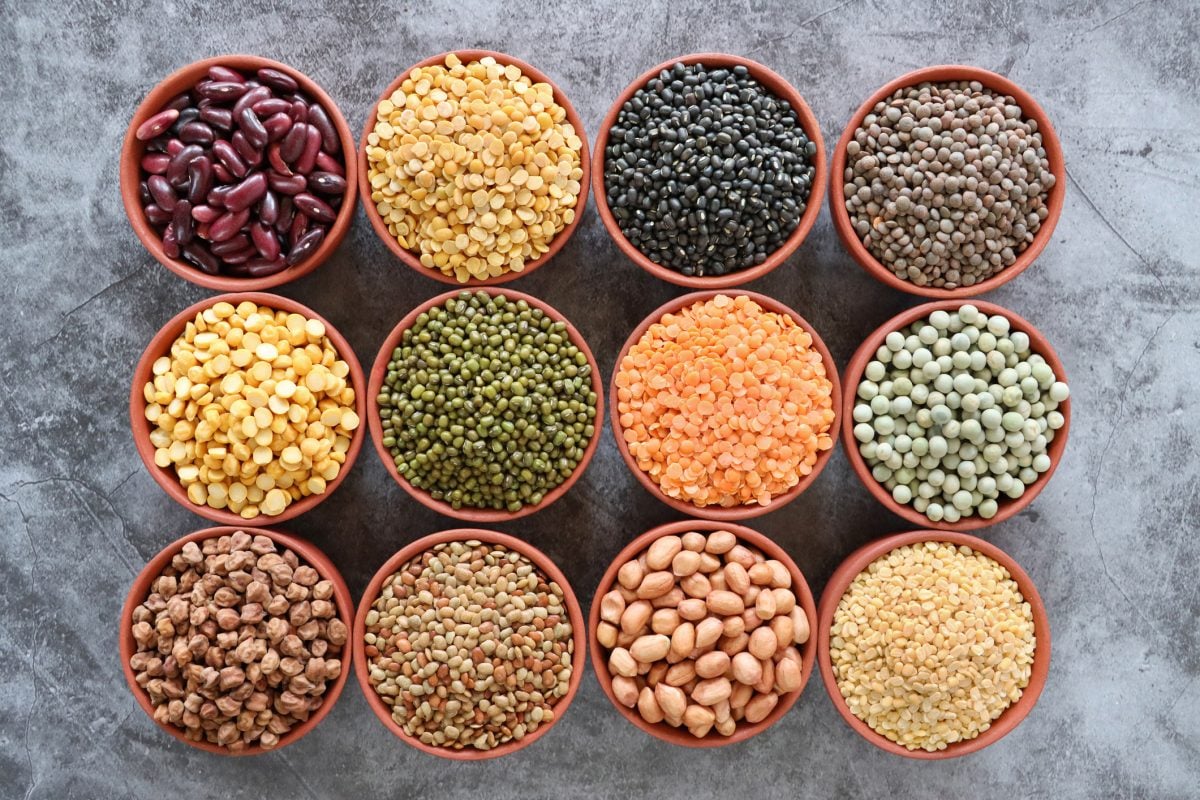Four classes of Canada Eastern wheat are set to be reclassified in mid-2019 into a new “Other” class, to cut the costs of segregating grain during commercial handling.
The Canadian Grain Commission announced Thursday a new Canada Eastern Other Wheat (CEOW) class will be created effective July 1, 2019.
At that time, the Canada Eastern Red (CER), Canada Eastern Hard White Winter (CEHWW), Canada Eastern Soft White Spring (CESWS) and Canada Eastern Hard White Spring (CEHWS) classes will be removed.
Wheat varieties assigned to those classes can still be grown, the commission said, but they’ll be delivered under contract to the CEOW class.
Read Also

Pulse Weekly: SPG looks back at harvest, ahead to trade
Saskatchewan Pulse Growers executive director Carl Potts said this year’s harvest had strong yields as the organization now works on international trade.
CEOW, the CGC said, is meant to provide an Eastern class for varieties with “unique characteristics” and allow wheat growers to take advantage of “special contracted varieties.”
The commission’s move, made on the recommendation of the Eastern Standards Committee of grain industry stakeholders, is meant to “increase flexibility for producers, breeders, processors and handlers.”
Development of a CEOW-type class has been under consultation since March last year, when the CGC released its eastern wheat class modernization consultation document.
That proposal had called for creation of a “Canada Eastern Special Purpose” wheat class effective July 1, 2018.
That proposal, however, was postponed in the summer of 2017 for the CGC to further consult with stakeholders on a “thorough review and evaluation of the existing Eastern wheat class structure” before making any changes.
The proposal at that time came in the wake of industry stakeholders’ concerns that the current wheat registration and classification systems may be “limiting the introduction of new varieties that offer a balance of agronomic, disease and quality characteristics.”
Those same stakeholders also recognized that new wheat varieties being brought forward didn’t meet the quality criteria for any of the existing wheat classes, the CGC said.
“They (the stakeholders) said this situation should not be a barrier to variety commercialization as these varieties offer definite market and processing value and exhibit quality characteristics requested by end-users.”
Other stakeholders, meanwhile, said the 10 existing Eastern wheat classes were “sufficient” and the current classes should be “comprehensively evaluated” before a new class was introduced.
Other stakeholders feared a new “Eastern Special Purpose” class could open the door for varieties that fell short of the quality parameters of the 10 current classes.
“These stakeholders said that developing a wheat class with no quality parameters could introduce the potential for market loss, price discounts and a higher incidence of gluten strength issues,” the commission said.
Among the suggestions at the time, the CGC noted, was to modify the “virtually unused” CER class, to allow varieties that have “agronomic and marketing” value, but didn’t meet quality requirements for Canada Eastern Hard Red Winter, Canada Eastern Soft Red Winter or Eastern Red Spring wheat — all three of which remain in the Eastern wheat class structure. — Glacier FarmMedia Network















